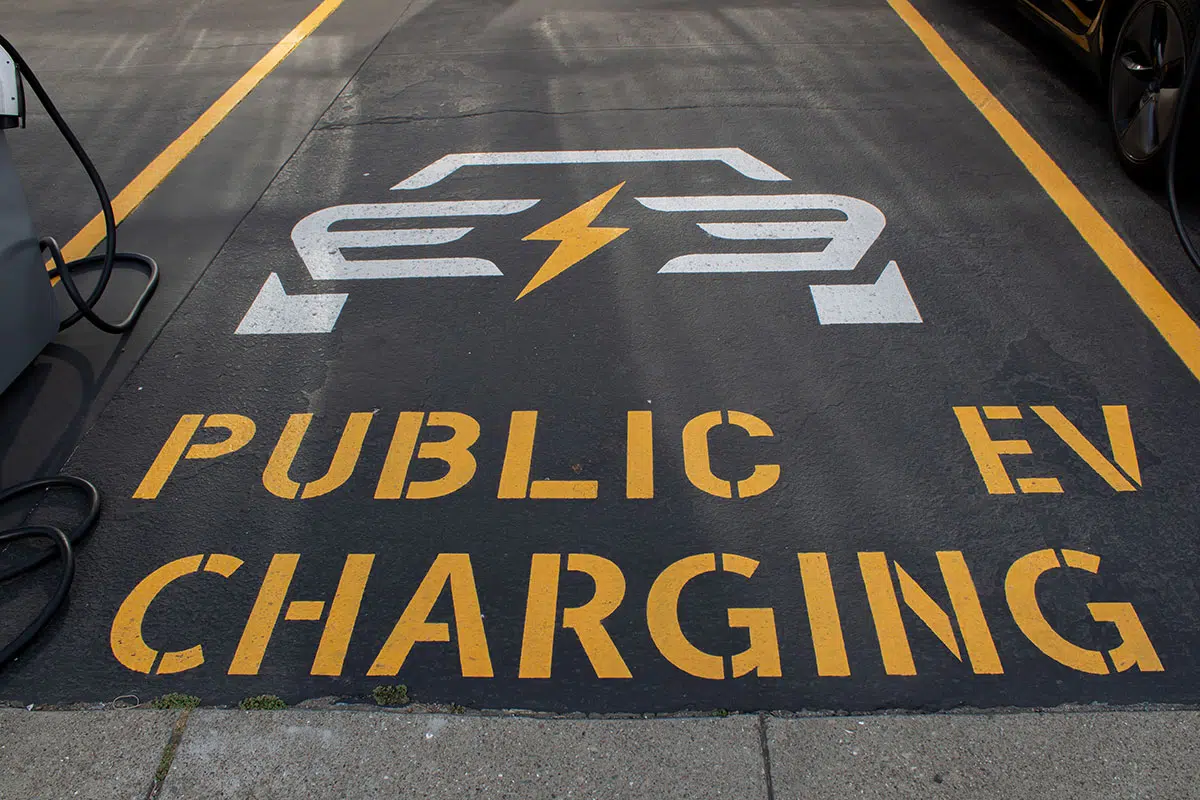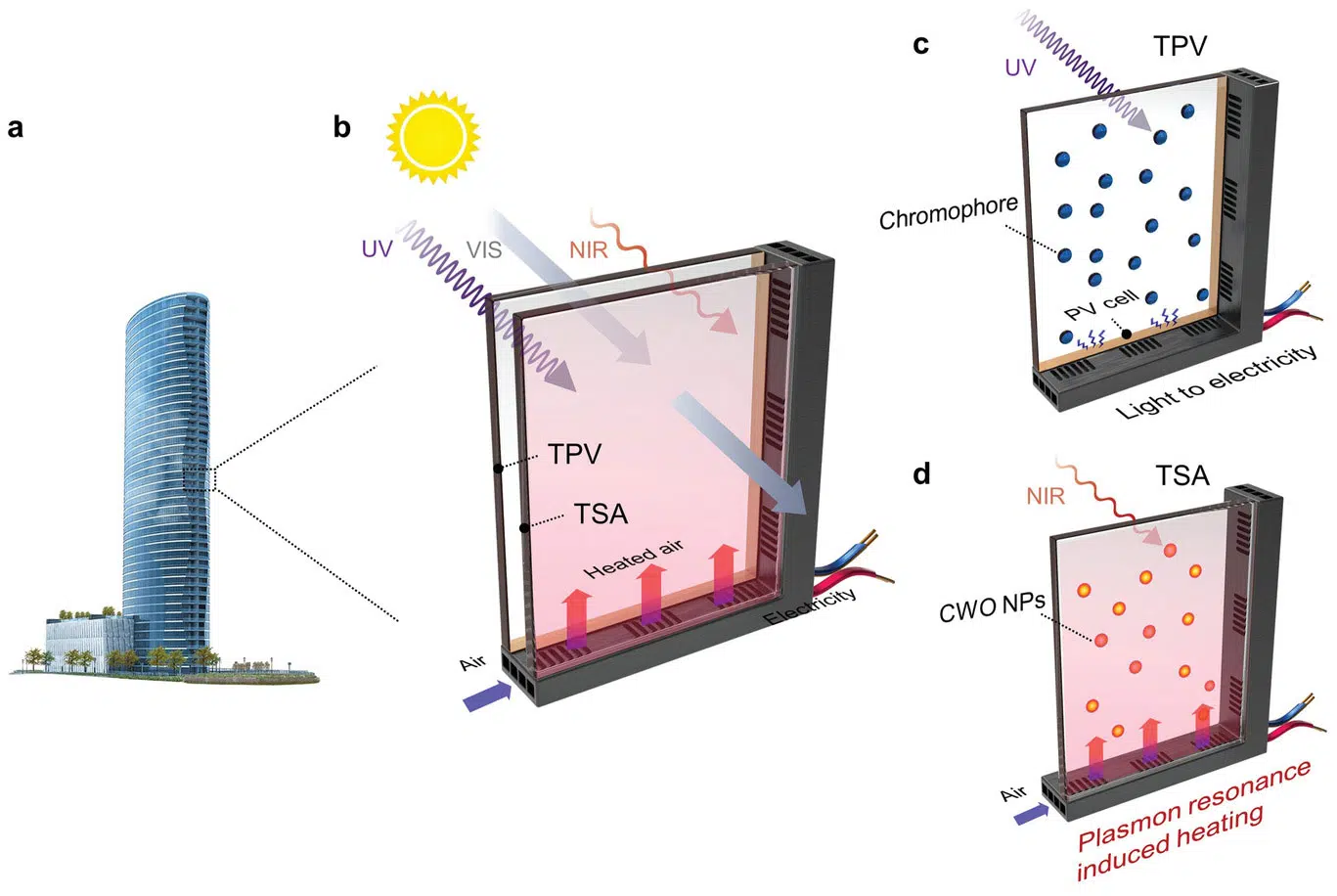For more than 20 years, PRIDE Industries has maintained a successful business partnership with HP Inc. Since the beginning of the partnership, PRIDE Industries has provided sorting and recycling services for HP’s products. Today, PRIDE Industries provides an expanded suite of supply chain management services to the Fortune 500 company.
Currently, PRIDE Industries provides both supply chain management and fulfillment services to HP from its facilities in California. These services include spare part fulfillment, warehousing, and shipping for consumer, commercial, and enterprise printing. PRIDE Industries also handles the kitting and distribution of HP Inc.’s Printer Maintenance Kits.
Customized Supply Chain Management Services
The HP Inc. program at PRIDE Industries is a global, 24-hour operation made possible by PRIDE Industries’ team of supply chain planners, buyers, and business support assistants, who focus on striking the optimal balance between supply chain inventory levels and high customer level-of-fill targets.
PRIDE Industries’ procurement team manages multiple customer service functions, including purchase order management, delivery performance analysis, and troubleshooting.
Additionally, the PRIDE Industries supply chain management team performs forecasting and demand planning; creates material purchasing requests; manages part setup and maintenance, lifecycle planning activities, and part roll tasks; and provides overall operational project management support.
A Growing Partnership
In 2018, due to PRIDE Industries’ excellent operational performance in supply chain management and fulfillment, HP Inc. expanded its partnership with the social enterprise. The new responsibilities included:
- Spare part fulfillment to support HP’s print business, including its Graphic Solutions line of business.
- The designation of PRIDE Industries as the sole North America regional distribution center for HP’s printing and copier new spare parts needs. This includes managing the defective/credit return processing program for spare parts via the iReturns system, and handling all cross-docking activities.
Beyond the benefits of cost-effectiveness and operational efficiency, partnering with PRIDE Industries also allows HP Inc. to further its ESG efforts.
As HP Program/Supply Chain Manager Ralph Mendez says, “By contracting with us, HP Inc. is actively supporting our mission to create employment for people with disabilities.”







